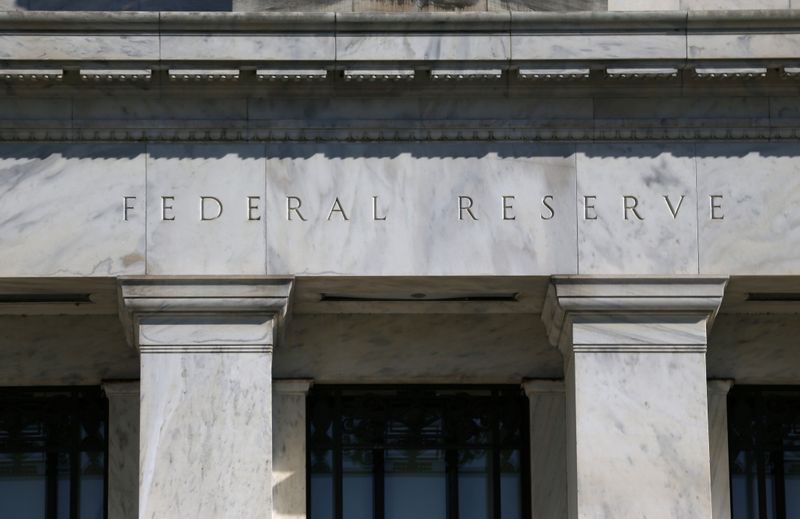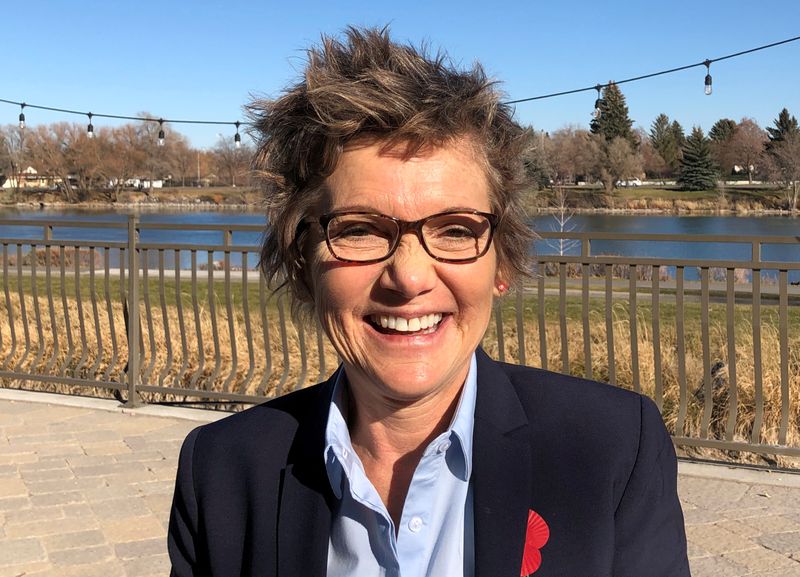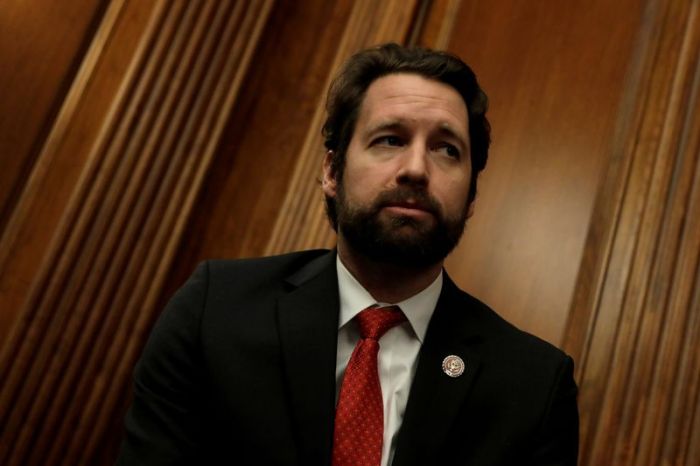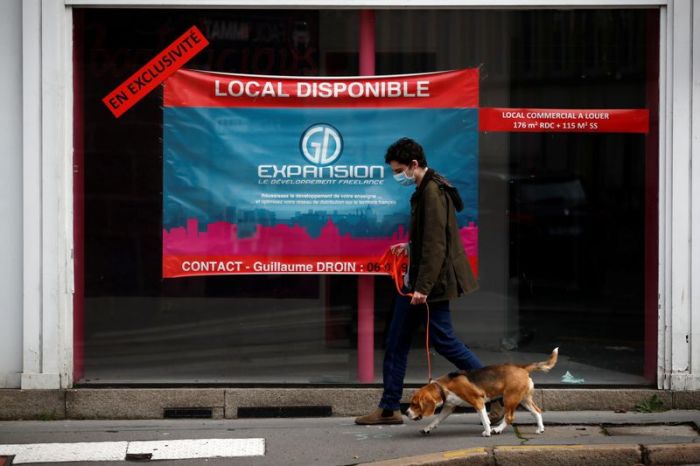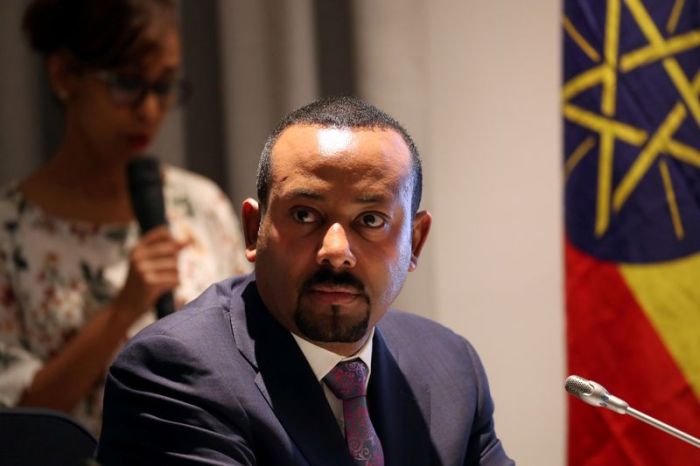(Reuters) – A surge in novel coronavirus cases threatens to slow U.S. economic growth once more in coming months, Federal Reserve policymakers said on Tuesday, and to get through it the economy will again need government aid.
But instead of the firehose of fiscal support that Congress delivered when the pandemic first took hold in the United States eight months ago, what the U.S. economy likely needs now is something a lot more targeted, Fed policymakers suggested.
The economy has recouped just over half the 22 million jobs lost since businesses began reopening after the first shutdowns in March, supported both by extraordinarily easy Fed policy and that first tranche of about $3 trillion in pandemic relief.
Still, the recovery has been uneven and the new waves of the virus threaten to make it more so.
“Certain sectors have been able come back quickly – other sectors were indeed boosted by the fact that we need to do so many things from home – those sectors don’t need our help,” San Francisco Fed President Mary Daly told Reuters in an interview.
But restaurants and other industries that rely on in-person activity and crowds continue to suffer, as do their workers.
“We are going to need extended unemployment insurance, likely some additional funding in the PPP program or a different program that’s directed at those kinds of small businesses, but additional ways to bridge those individuals through the pandemic and put them in a good position to recover once the economy is fully back,” Daly said.
Dallas Fed President Robert Kaplan, speaking earlier in the day, similarly called out the need for more fiscal support, including a renewal of the popular Paycheck Protection Program, which extended forgivable loans to small businesses as part of an earlier fiscal aid package.
He said he was “cautious and concerned” about downside economic risks in the short run because of the resurgence of the coronavirus, and said he expects the next six months to be “very challenging, very difficult.”
The United States is experiencing a rise in cases, hospitalizations and deaths from COVID-19, with some state and local governments reimposing restrictions to slow the spread.
With millions of out-of-work Americans dipping into savings built with government aid distributed earlier this year, Kaplan said, household income and spending will drop off “at some point” unless more fiscal aid is forthcoming.
But once a vaccine is widely available, possibly by next Spring, the economy will likely rebound strongly, he said.
The views of both Daly and Kaplan appear to be in sync with what the Republican-controlled Senate may be willing to authorize, despite a push for a bigger package from Democrats and, perhaps, President-elect Joe Biden.
“I don’t think the current situation demands a multi-trillion dollar package,” Senate Majority Leader Mitch McConnell said on Tuesday.
The Fed, for its part, should continue to do what it is doing, both Daly and Kaplan said, including keeping rates near zero, buying a steady $120 billion in bonds a month and offering a dozen or so lending facilities to backstop credit for corporate America and local governments.
Some Republican lawmakers have called for the Fed and the Treasury Department to sunset those emergency lending facilities, while Democrat lawmakers have wanted to keep them going.
Daly said she was confident the Fed and Treasury would keep open any or all facilities that are still needed.
(Reporting by Ann Saphir; editing by Grant McCool)

